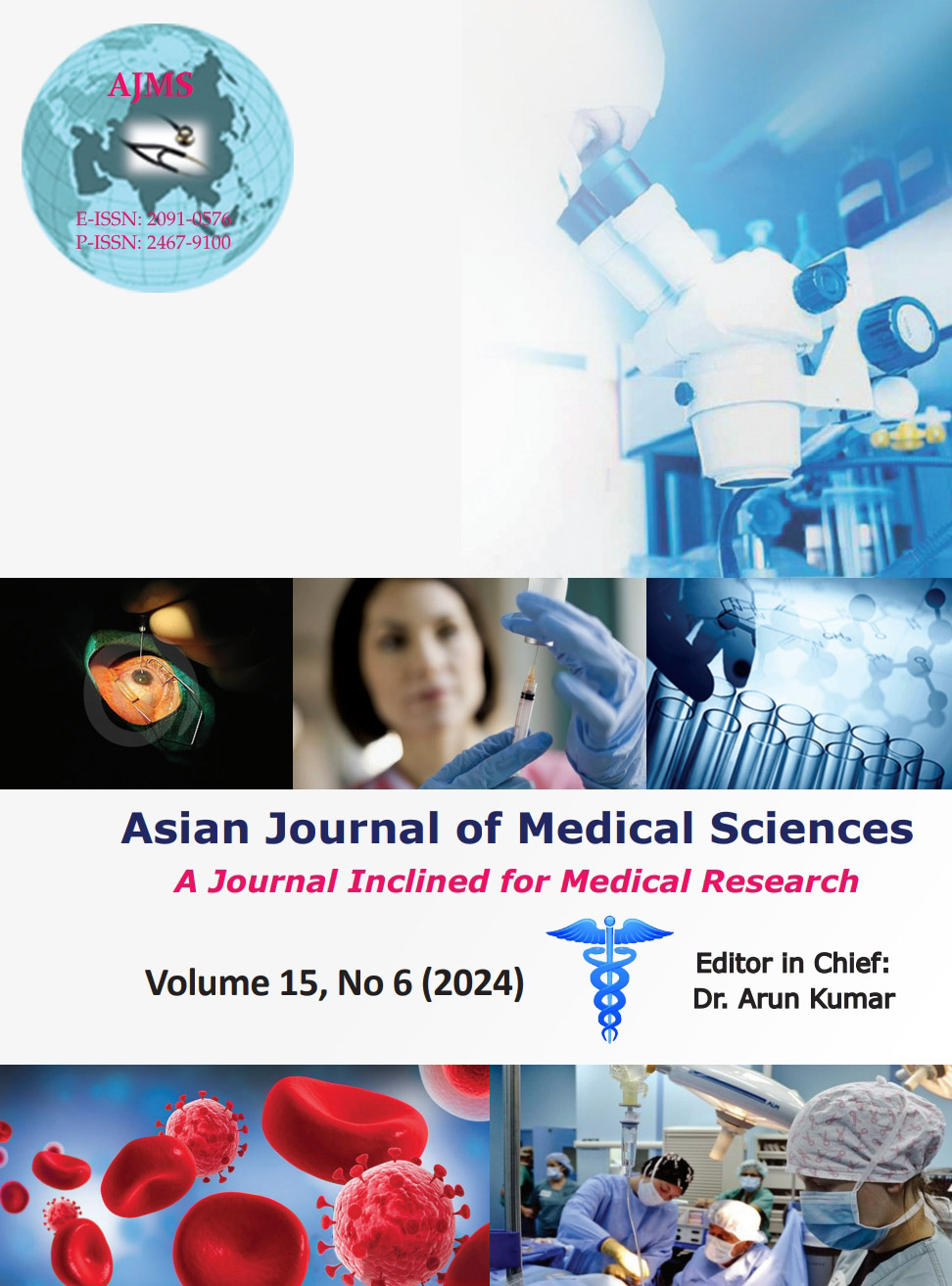Sigma metrics application in clinical biochemistry: Practical requisite or unfeasible misadventure
Keywords:
External quality control; Internal quality control; National Accreditation Board for Testing and Calibration Laboratories; Quality Management; Quality goal index; Six SigmaAbstract
Background: The application of the Six Sigma (σ) metric in biochemical laboratories is a powerful tool for reducing the occurrence of errors and prioritizing important improvements in laboratory quality control. The National Accreditation Board for Testing and Calibration Laboratories (NABL) is an accreditation body with an accreditation system established in accordance with ISO/IEC 17011, providing specialty- or scope-based certification based on the conformance of quality indices to medical laboratories. In this context, a study has been designed that considers the quality guidelines set by NABL as well as the sigma metric rule in the assessment of analytical performance.
Aims and Objectives: The aims of this study were to identify the gaps and need for strategy modification for quality improvement by assessing the performance of two NABL-accredited medical testing laboratories on a Sigma metric scale.
Materials and Methods: A retrospective analytical study was conducted over 6 months (January–June 2021). Internal quality control (IQC) and EQAS data were obtained from third-party QC providers (Bio-Rad, India) and analyzed by calculating sigma (σ) values based on the coefficient of variation, bias, and total error allowable in two NABL-accredited medical testing laboratories. To identify potential problems for analytes with poor sigma values, a quality goal index (QGI) analysis was performed.
Results: By analyzing the sigma values obtained by both NABL-accredited laboratories, we can see that laboratory 2 performed better than laboratory 1. After calculating the QGI, there was a problem of inaccuracy and imprecision in laboratory 1, and laboratory 2 had QGI values that indicated only imprecision.
Conclusion: Diagnostic laboratories should incorporate Six Sigma metrics to identify gaps in their performance to ensure better quality control and patient safety.
Downloads
Downloads
Published
How to Cite
Issue
Section
License
Copyright (c) 2024 Asian Journal of Medical Sciences

This work is licensed under a Creative Commons Attribution-NonCommercial 4.0 International License.
Authors who publish with this journal agree to the following terms:
- The journal holds copyright and publishes the work under a Creative Commons CC-BY-NC license that permits use, distribution and reprduction in any medium, provided the original work is properly cited and is not used for commercial purposes. The journal should be recognised as the original publisher of this work.
- Authors are able to enter into separate, additional contractual arrangements for the non-exclusive distribution of the journal's published version of the work (e.g., post it to an institutional repository or publish it in a book), with an acknowledgement of its initial publication in this journal.
- Authors are permitted and encouraged to post their work online (e.g., in institutional repositories or on their website) prior to and during the submission process, as it can lead to productive exchanges, as well as earlier and greater citation of published work (See The Effect of Open Access).




